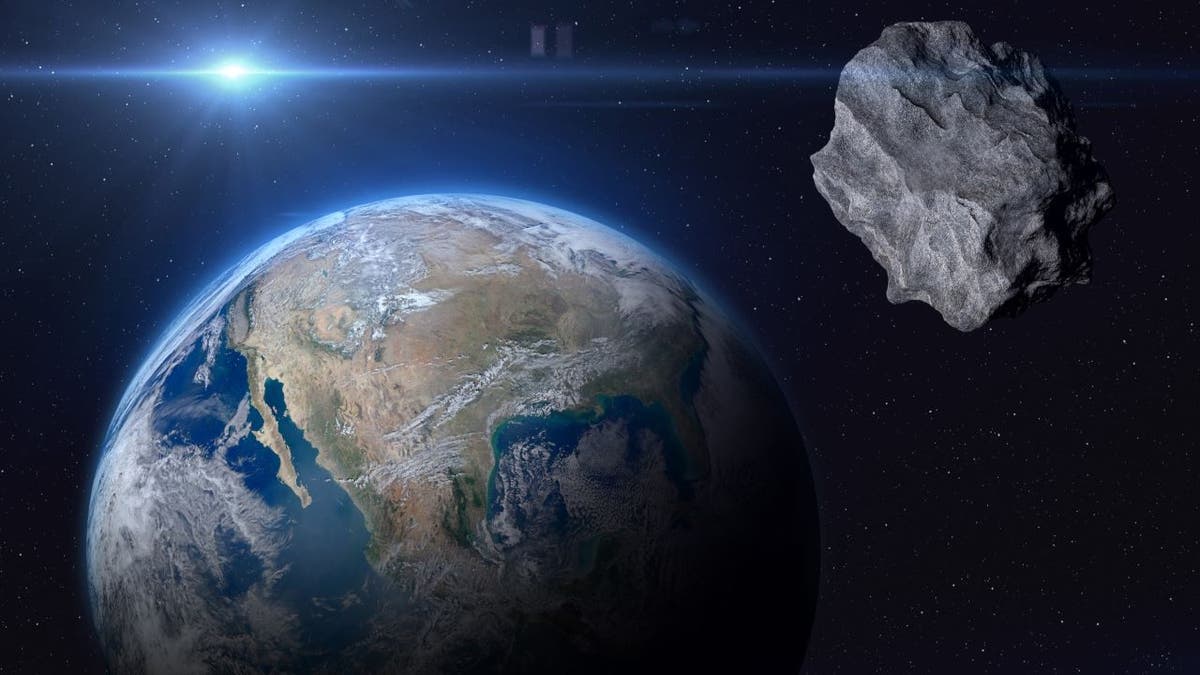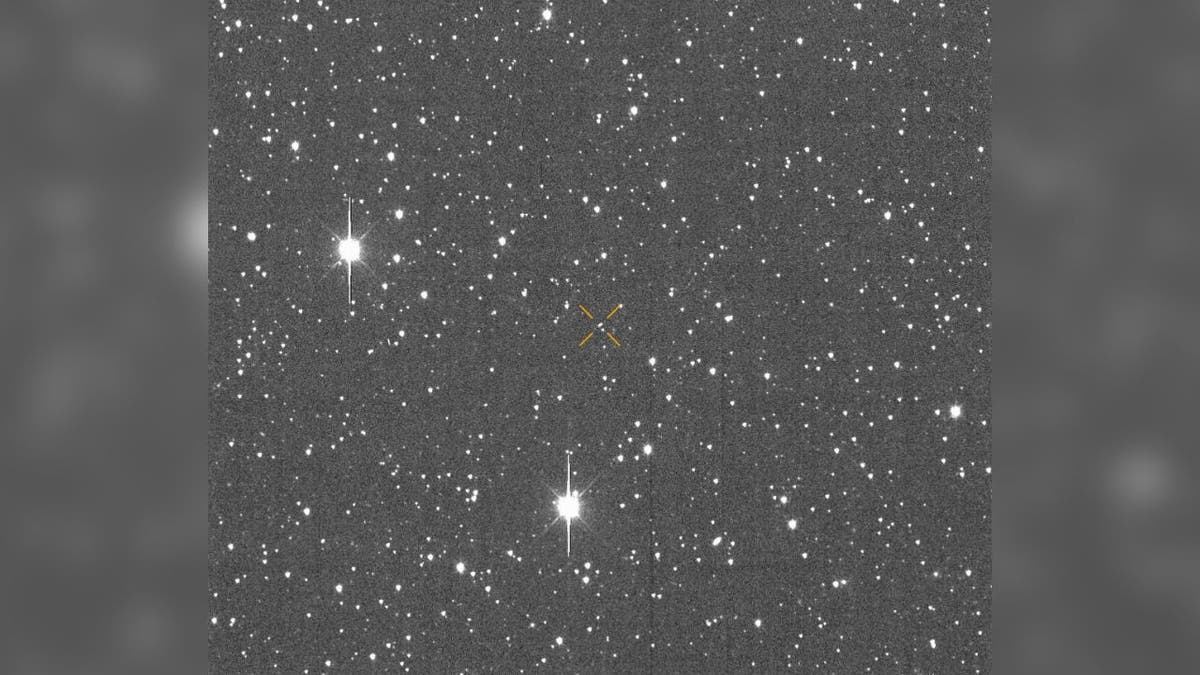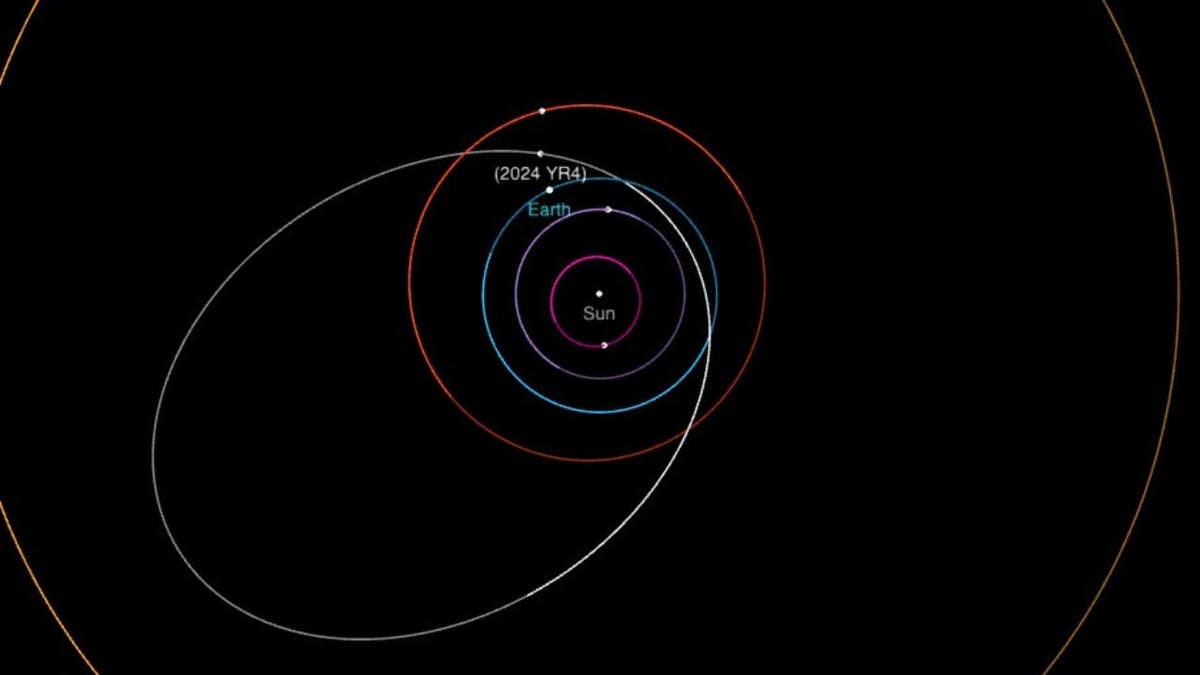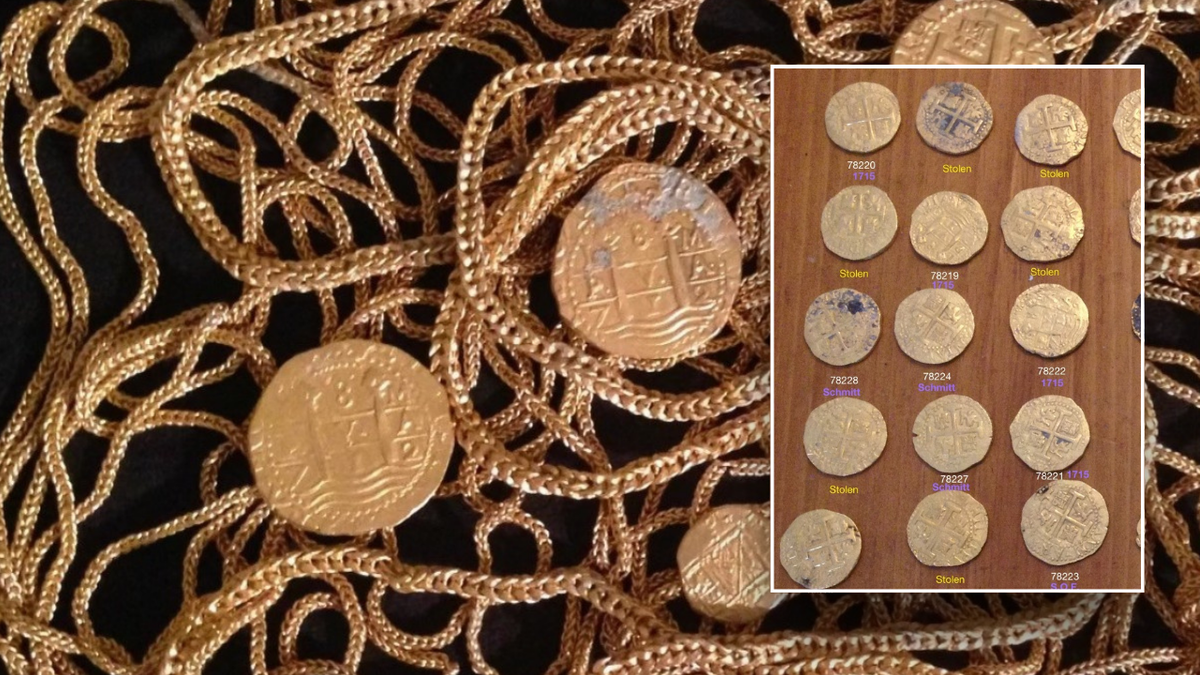A recently discovered asteroid, designated 2024 YR4, is being closely monitored by NASA due to a slight but growing probability of impacting Earth in December 2032. While the current likelihood of impact stands at 2.6% (approximately a 1 in 38 chance), this represents an increase from initial estimates. Importantly, there's still a greater than 97% chance the asteroid will safely pass by our planet.
2024 YR4 is estimated to measure between 130 and 300 feet wide, roughly comparable to the width of an NFL football field. NASA and the European Space Agency's Webb Space Telescope plan to observe the asteroid in March before it moves out of range. Further observation opportunities won't occur until 2028.

Should 2024 YR4 strike Earth, the impact zone is projected to fall along a corridor spanning the eastern Pacific Ocean, northern South America, the Atlantic Ocean, Africa, the Arabian Sea, and South Asia. The asteroid's estimated impact velocity is approximately 38,000 miles per hour.
The asteroid is currently classified as a Level 3 on the Torino Impact Hazard Scale, a system used to categorize the potential risk of near-Earth objects. A Level 3 designation indicates a close encounter requiring attention from astronomers, with a 1% or greater chance of collision causing localized destruction. However, it's also noted that further observations often lead to a downgrade to Level 0.

While Level 3 is the second-highest recorded since 2004 (when asteroid Apophis briefly reached Level 4), experts emphasize that it's premature to be overly concerned about 2024 YR4. Paul Chodas, director of NASA’s Center for Near-Earth Object Studies, stated, "No one should be concerned that the impact probability is rising. This is the behavior our team expected... we expect the impact probability to drop to zero at some point."

The asteroid was initially detected on December 27, 2024, by the Asteroid Terrestrial-impact Last Alert System (ATLAS) in Chile, a NASA-funded program managed by the University of Hawaii’s Institute for Astronomy.








